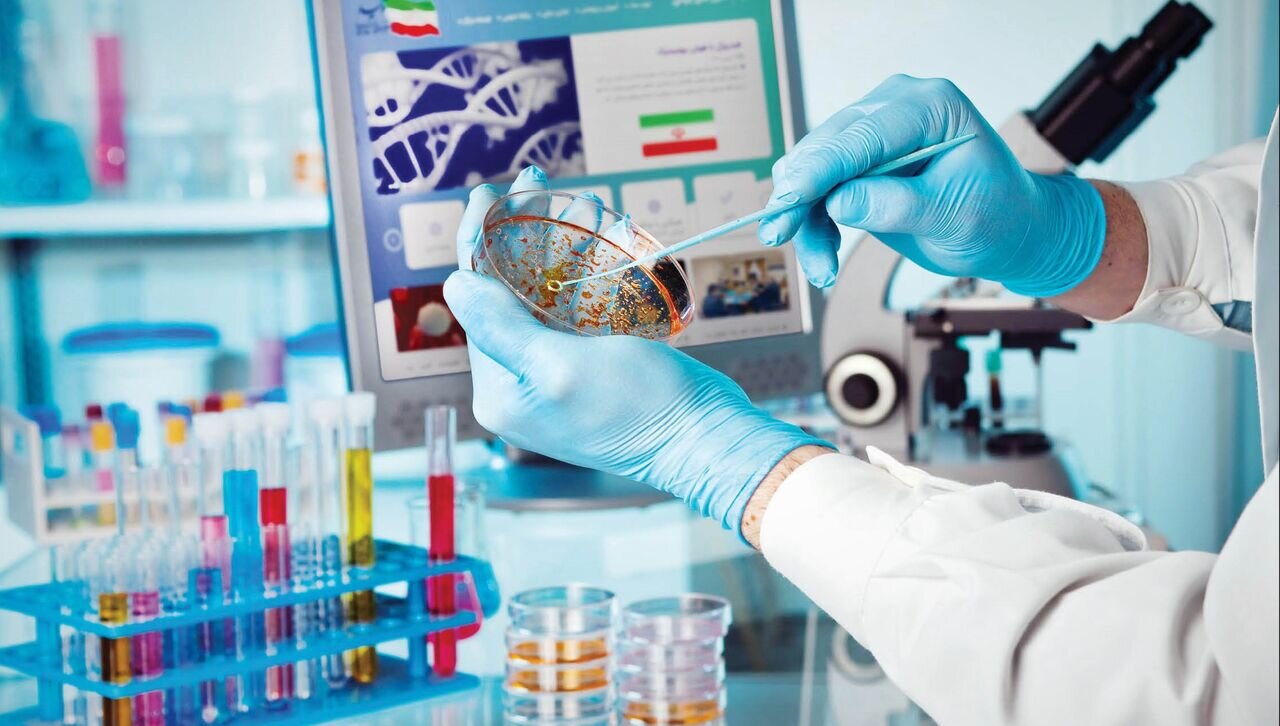Iran planning to launch cell therapy centers in neighboring countries

TEHRAN – The Iranian Vice Presidency for Science and Technology is planning to launch cell therapy centers in neighboring countries and boost exports of related products as well.
The Vice Presidency is cooperating with the Ministry of Foreign Affairs to establish links with the neighboring countries in the field of stem cells and regenerative medicine, IRNA reported.
In this line, a meeting was held at the Ministry of Foreign Affairs with a number of ambassadors of the country in several countries and a group of CEOs of companies active in the field of stem cells and regenerative medicine in attendance.
The meeting aimed to support the development and transfer of technologies in the field of stem cells and regenerative medicine and interaction with the target countries.
It was also aimed to create opportunities for the development of educational and research cooperation between Iran and other countries.
In November 2022, the first phase of a national project aiming to take advantage of gene therapy for the treatment of children with cancer, known as "CAR T-cell therapy", came on stream.
Chimeric antigen receptor (CAR) T-cell therapy is a way to get immune cells called T cells (a type of white blood cell) to fight cancer by changing them in the lab so they can find and destroy cancer cells.
CAR T-cell therapy has been successful on a five-year-old boy suffering from chemotherapy-resistant leukemia.
The project took nearly seven years to be implemented, Amir Ali Hamidiyeh, head of the gene, cell, and tissue research institute of Tehran University of Medical Sciences said.
After passing cell studies and preclinical studies on animals and obtaining a license and code of ethics from Tehran University of Medical Sciences, a gene therapy product was used for a patient for the first time in the country, he added.
The method is currently in the clinical trial stage and was used on a child with leukemia who was resistant to all treatment methods, he highlighted.
The Vice Presidency for Science and Technology has implemented four important projects in order to strengthen the country’s scientific citation in the field of stem cells.
One of the keys to the development is to provide strategic infrastructure in important fields. Smart knowledge-based platforms promote the scientific citation of the country and accelerate the formation of the scientific ecosystem.
The support of university technology development projects took place in a purposeful interaction between the Vice Presidency and the large universities.
Another measure taken in this area was supporting the development of the National Network of Animal Modeling and In-Vivo Research. This support has brought significant achievements including technologies for reproducing, keeping, and breeding of laboratory animals, the development of research and translation of knowledge and technology, and the development of technologies and laboratory services for in-vivo studies.
Another important step of the Council for Development of Stem Cell Sciences and Technologies last year was the establishment of a gene production center for the Royan Research Institute. During this process, two gene therapy projects became operational.
The launch of autophagy and regenerative medicine is also one of the plans supported by the Council last year. In this program, the management of the autophagy process in order to prevent tissue damage is recognized as a functional indicator of this plan.
Iran is one of the countries that has made great efforts in the field of medicine to free itself from the struggle to supply medicine and bypass sanctions and be able to respond to its local needs by relying on knowledge-based companies. One of these areas is the production of biopharmaceuticals, which has grown to 28 items.
Iran is also ranked 12th in the world and first in West Asia in terms of biotechnology, as 9.5 percent of the income of knowledge-based companies and more than 60 percent of their exports are related to biotechnology.
Stem cells are the “parent” cells from which all other blood cells develop. These are mainly red blood cells, platelets, and white blood cells. Bone marrow, the factory that produces stem cells, is the soft tissue inside bones like the breastbone or hip bone.
Stem cells are found in the brain, blood vessels, skeletal muscles, skin, liver, bone marrow, peripheral (circulating) blood, and the umbilical cord blood of newborn babies.
The 24th International Congress on Reproductive Biomedicine and the 19th Congress on Stem Cell Biology and Technology will be held on August 30-September 1 in Tehran.
In July 2021, Iran inaugurated an advanced ion therapy center for the first time in West Asia, with the aim of providing definitive treatment for all types of cancer.
Ion therapy is a unique and innovative form of radiation therapy in the world for the treatment of cancer, as the radiation can be focused exactly on the area of the tumor, ensuring that radiation-sensitive organs are best protected.
MG
